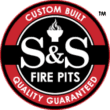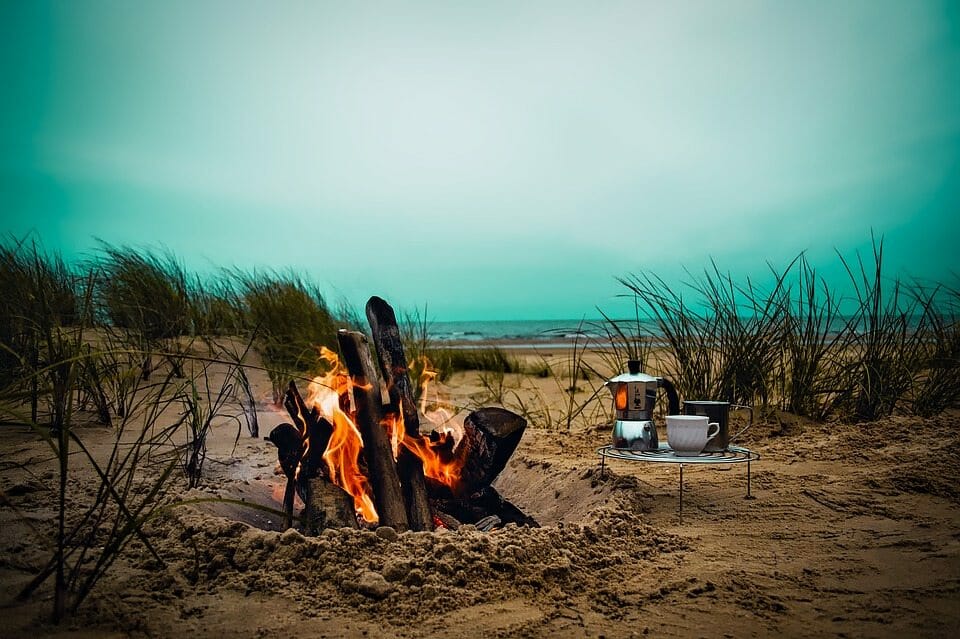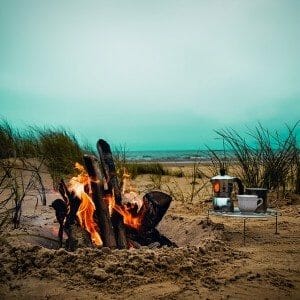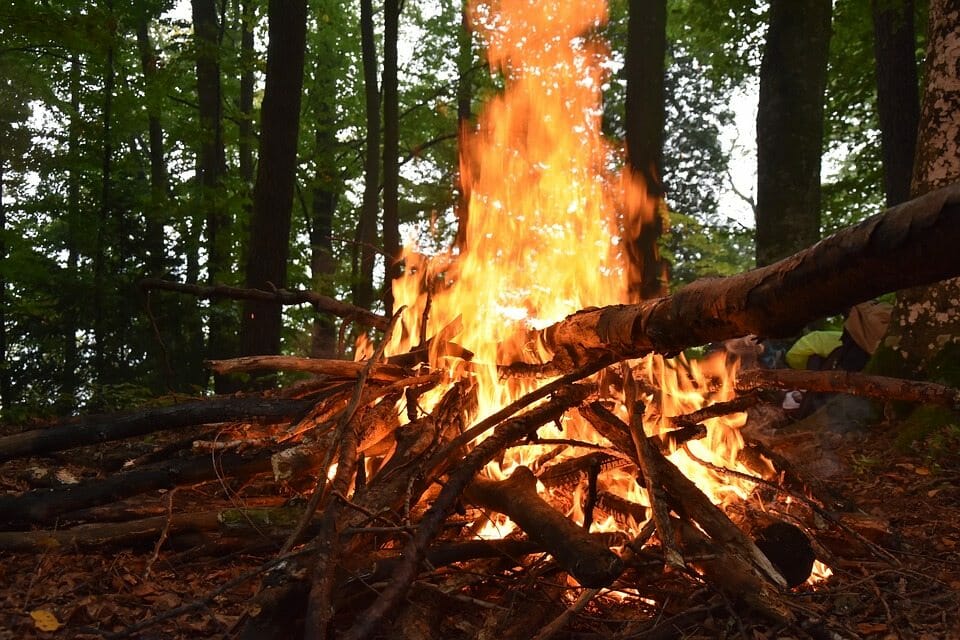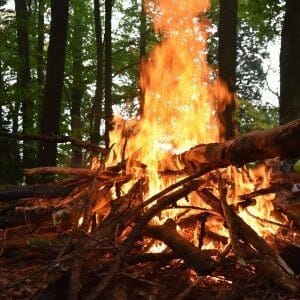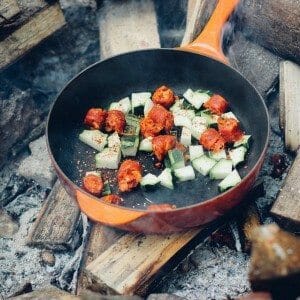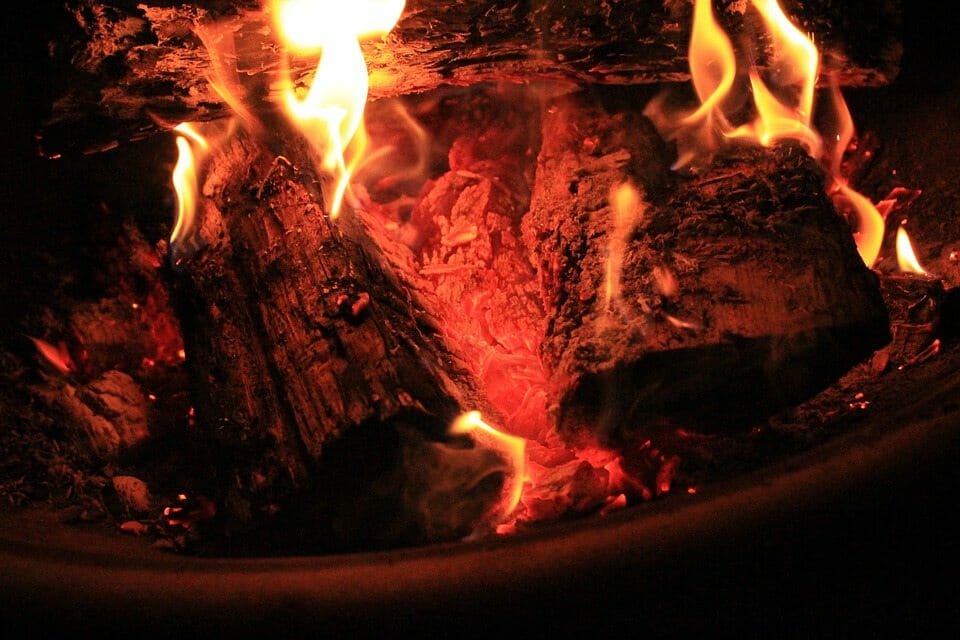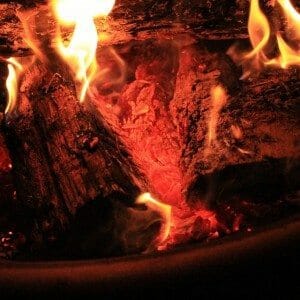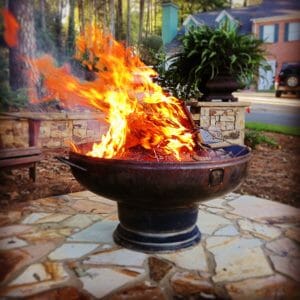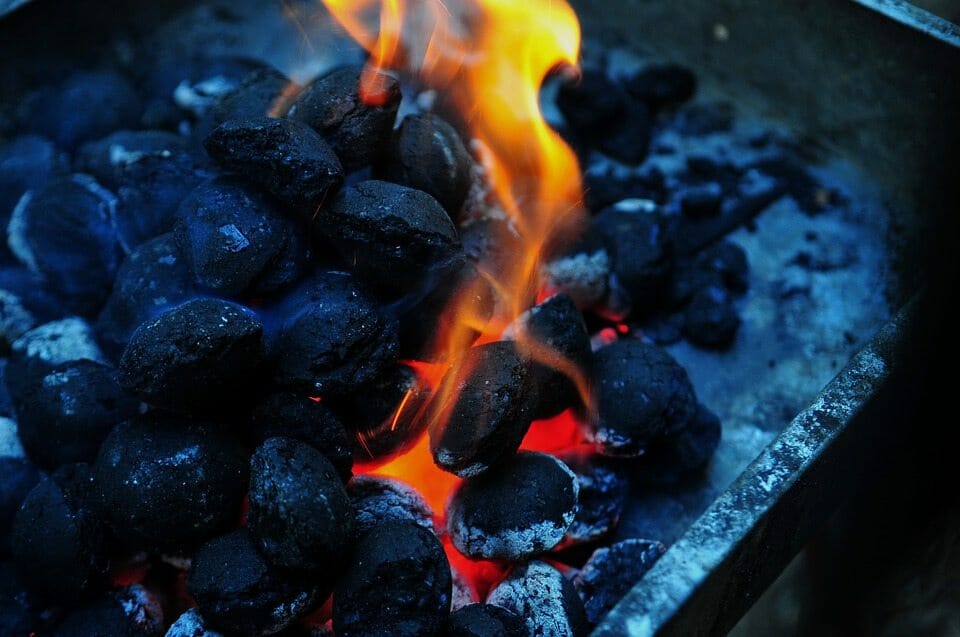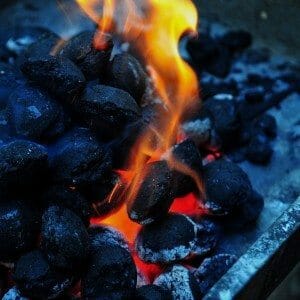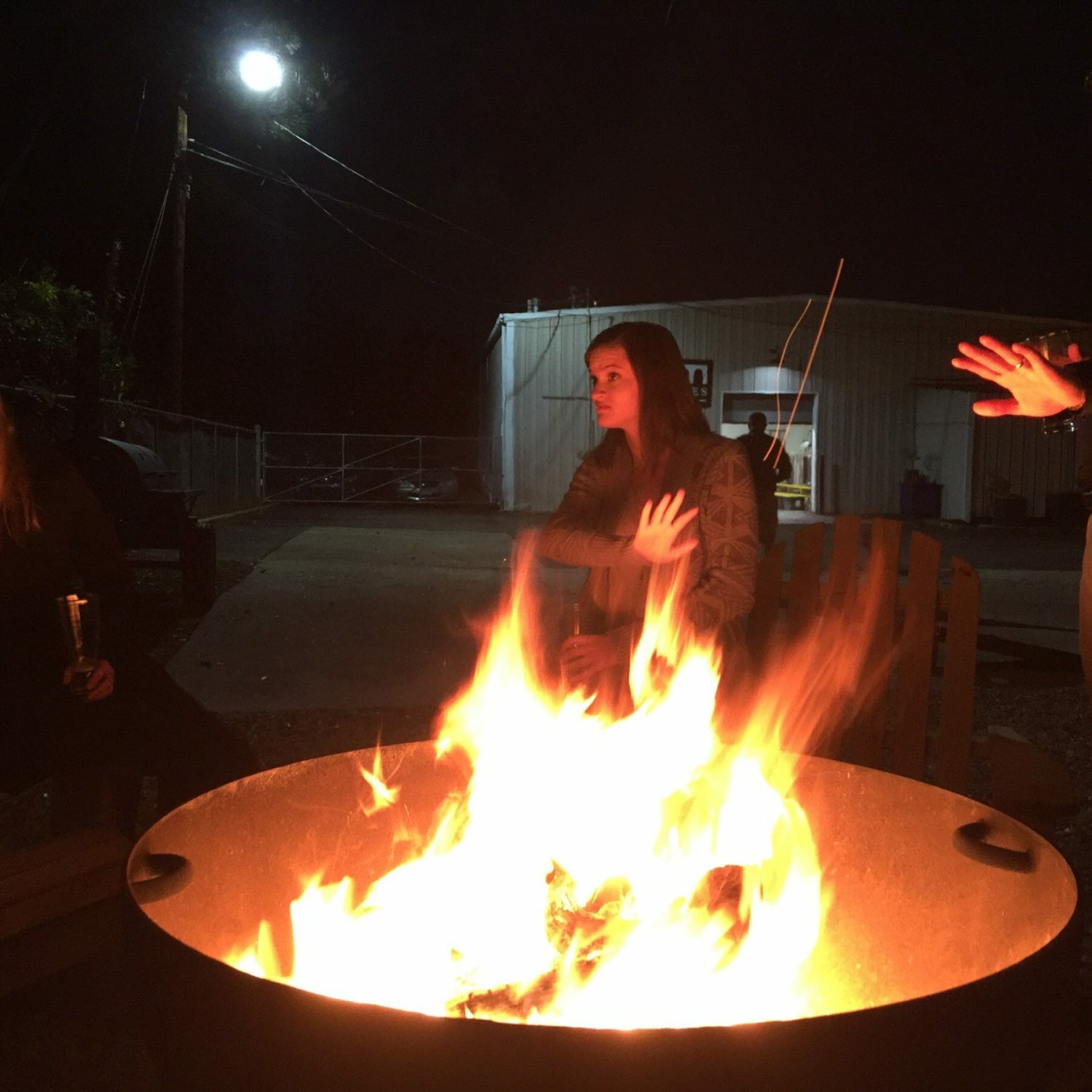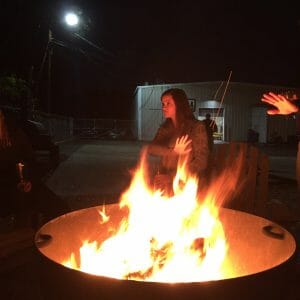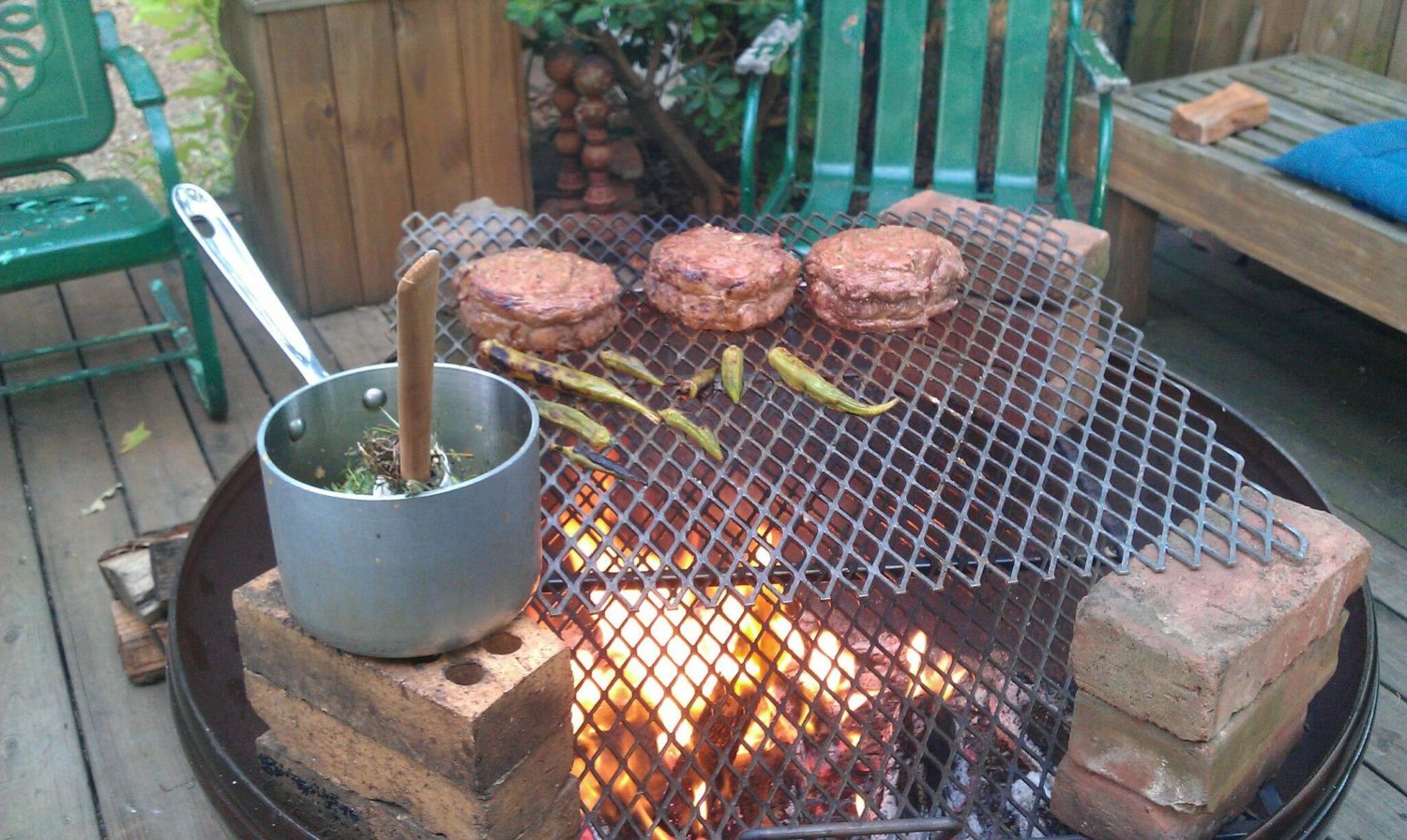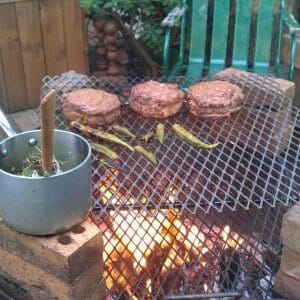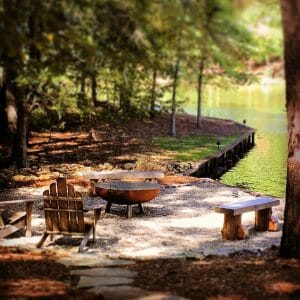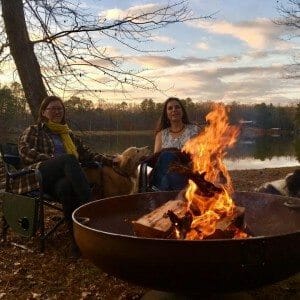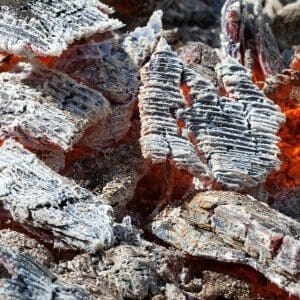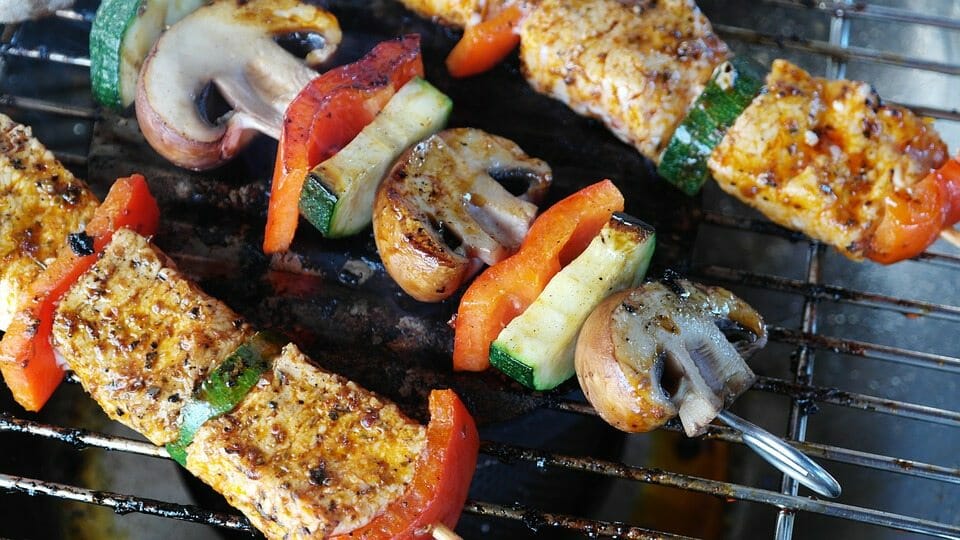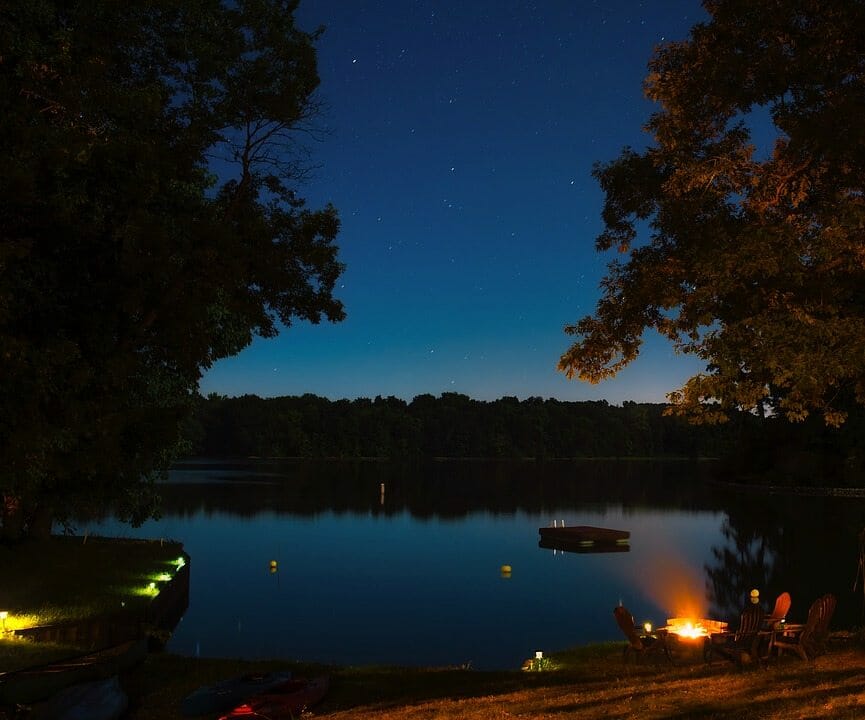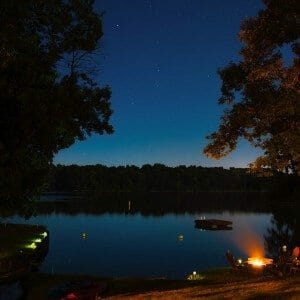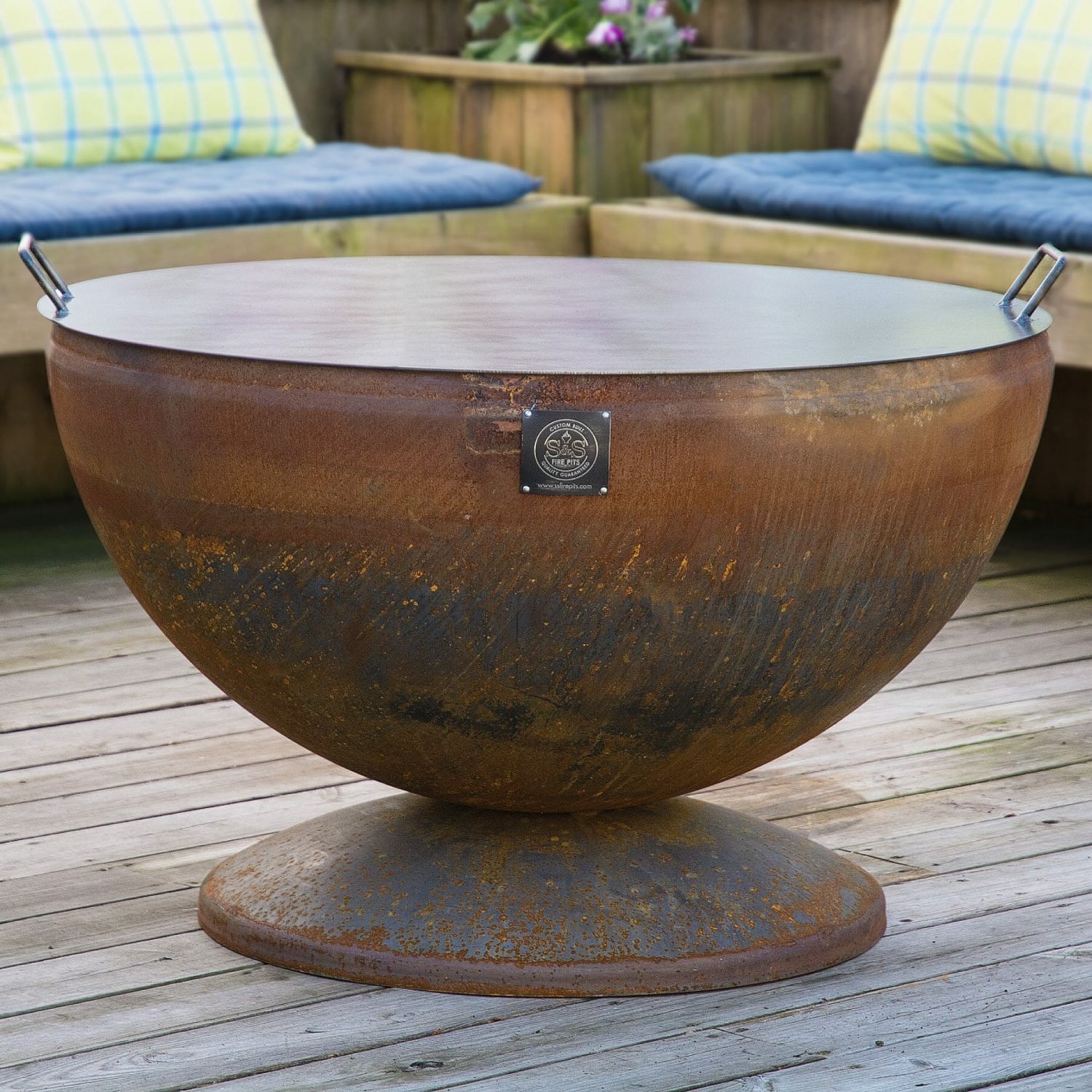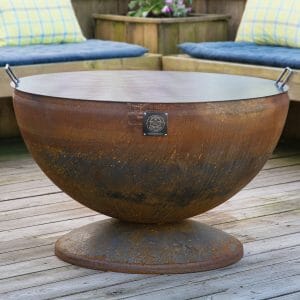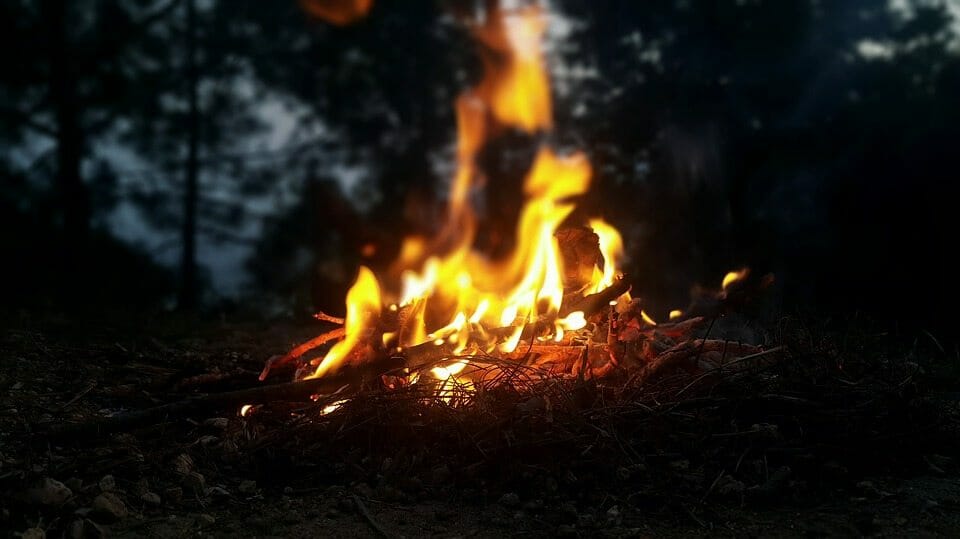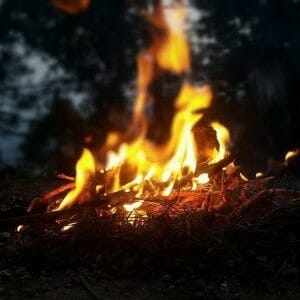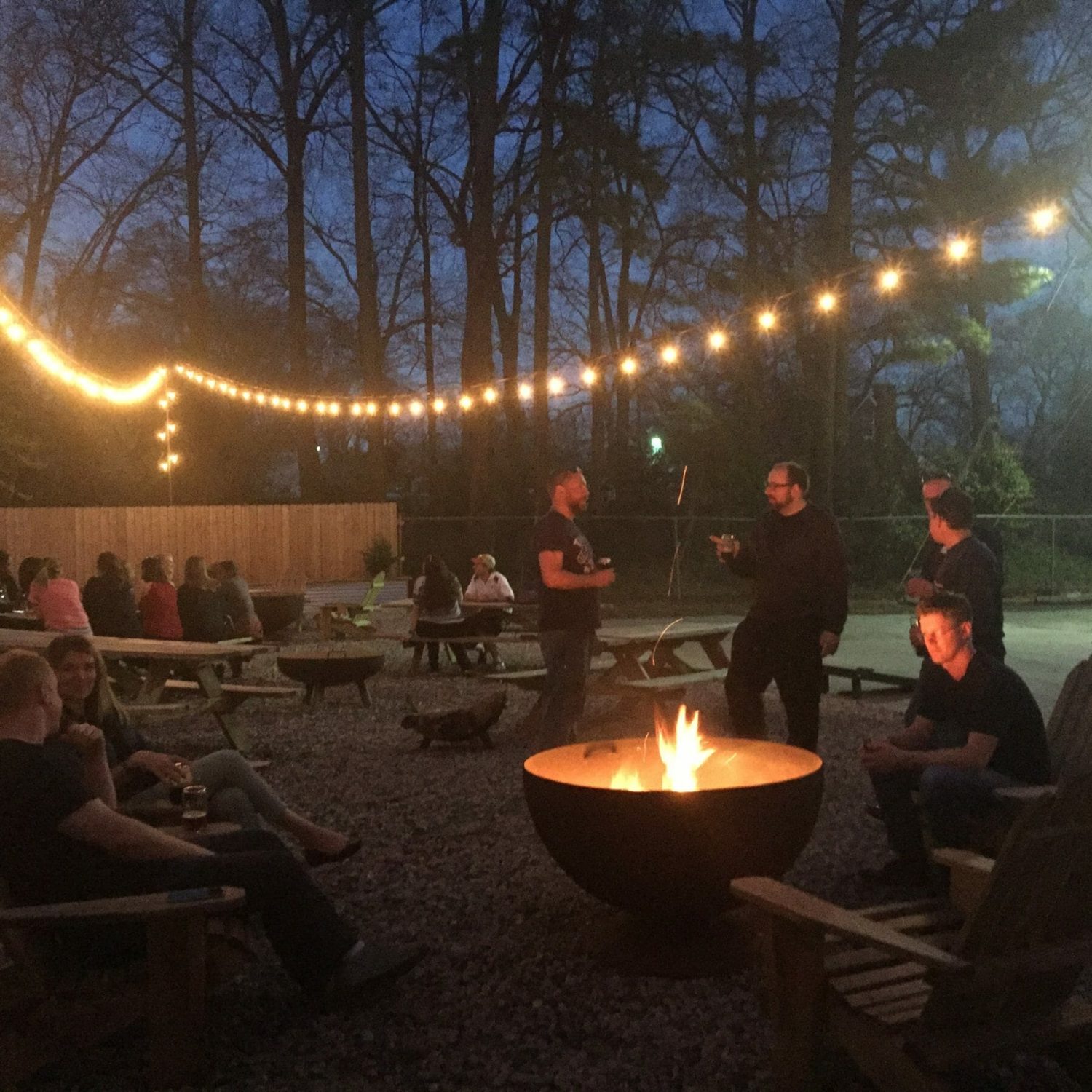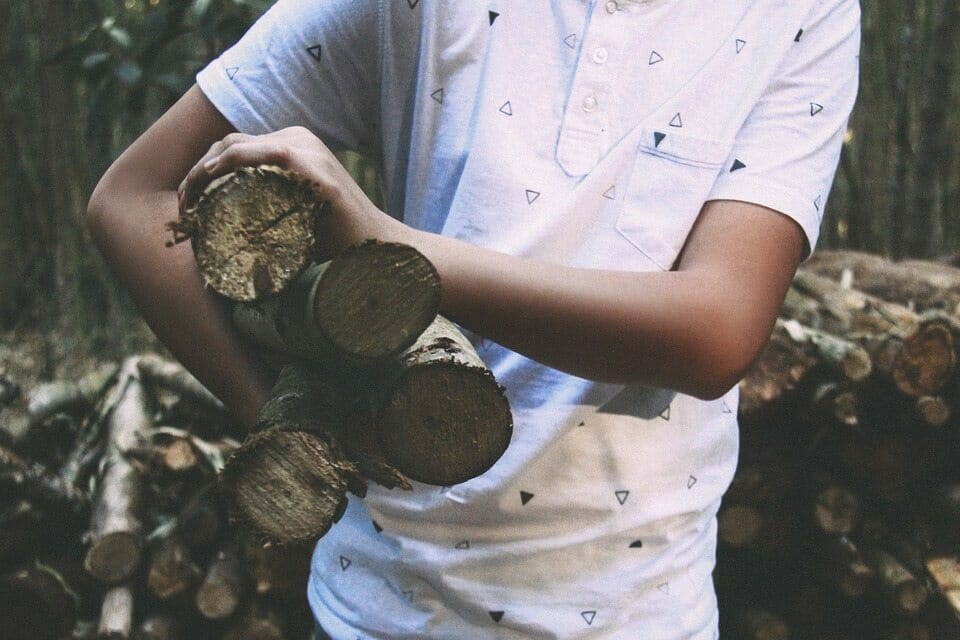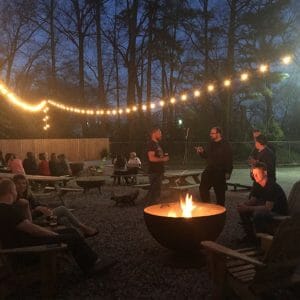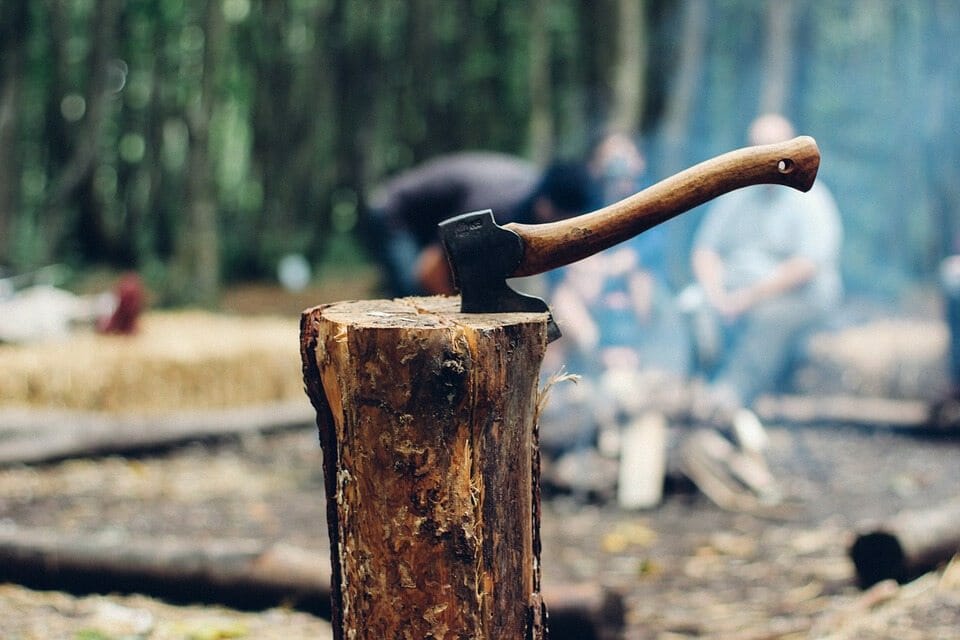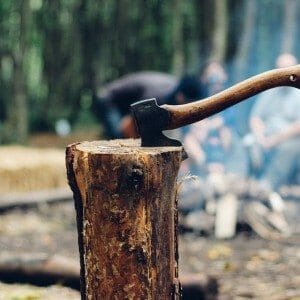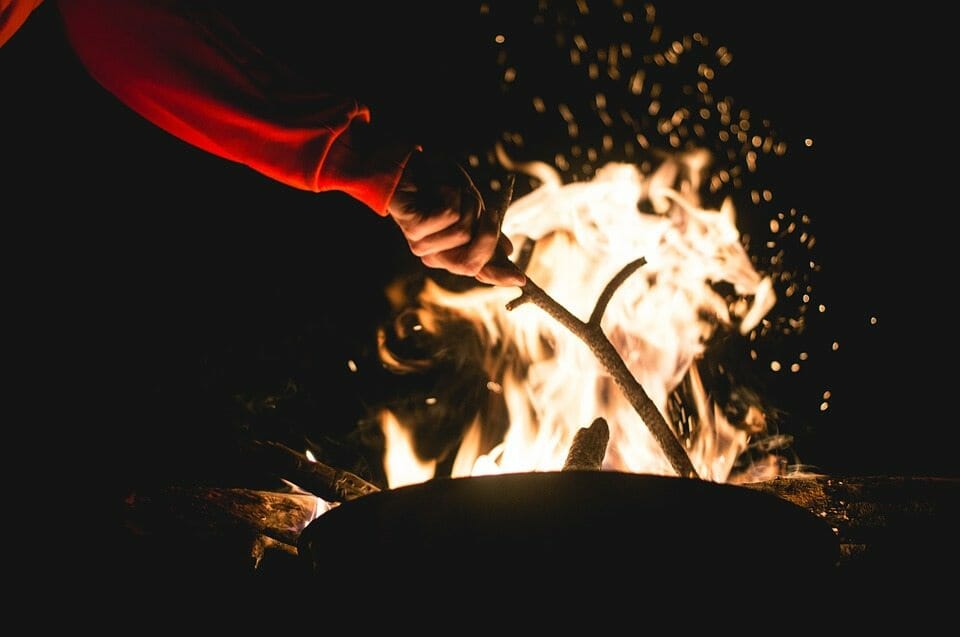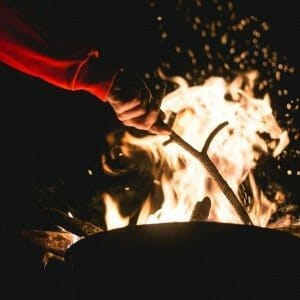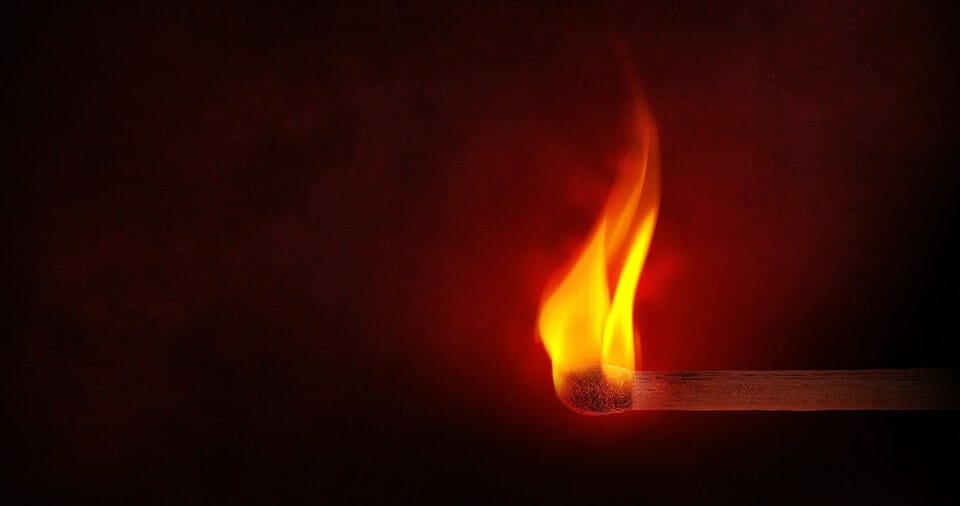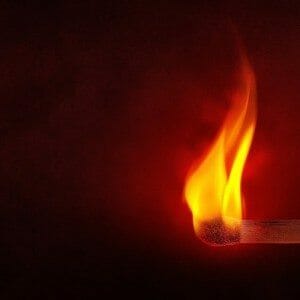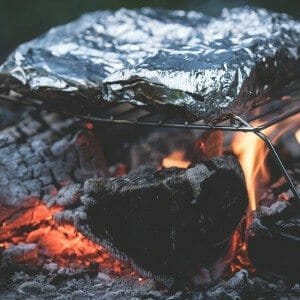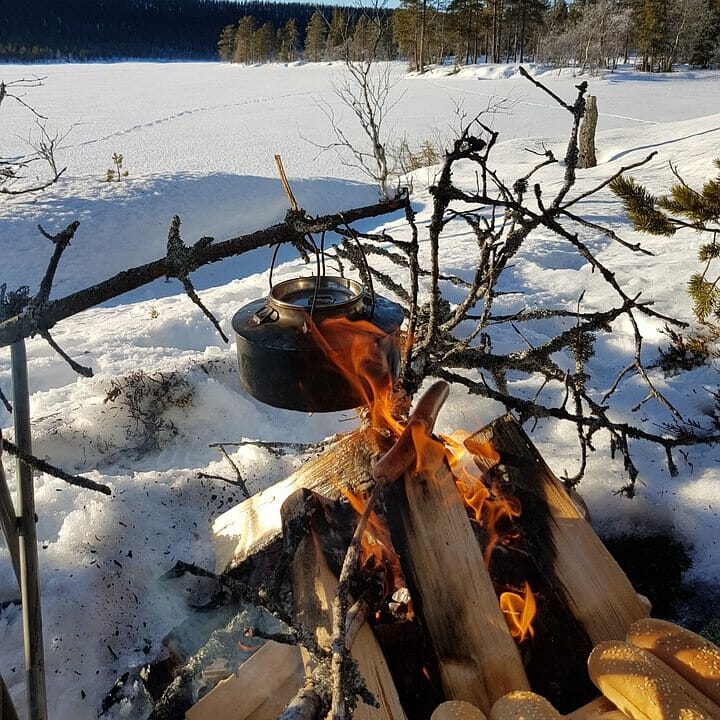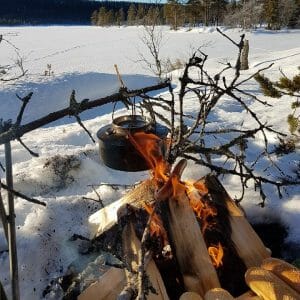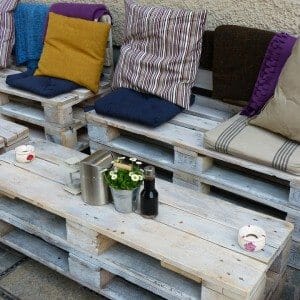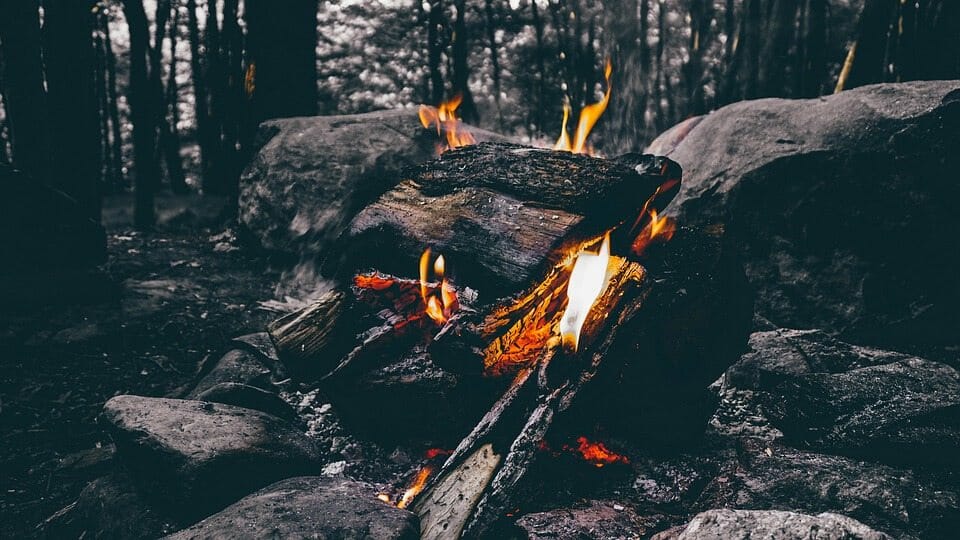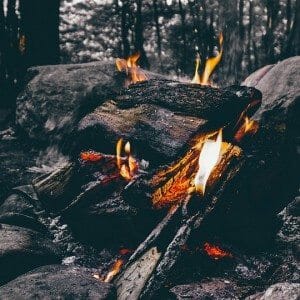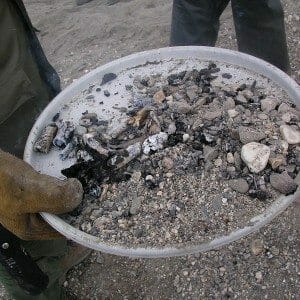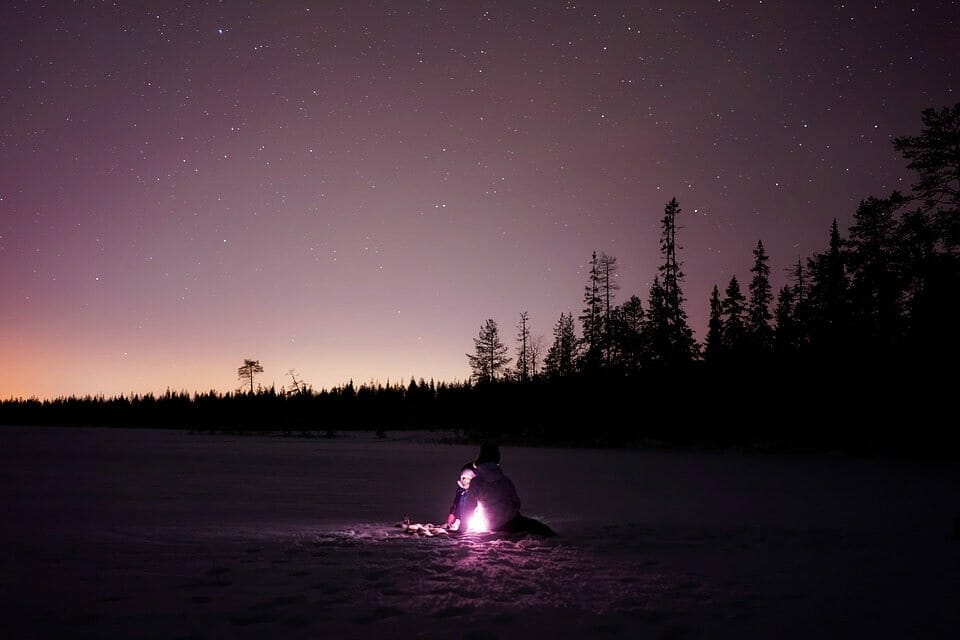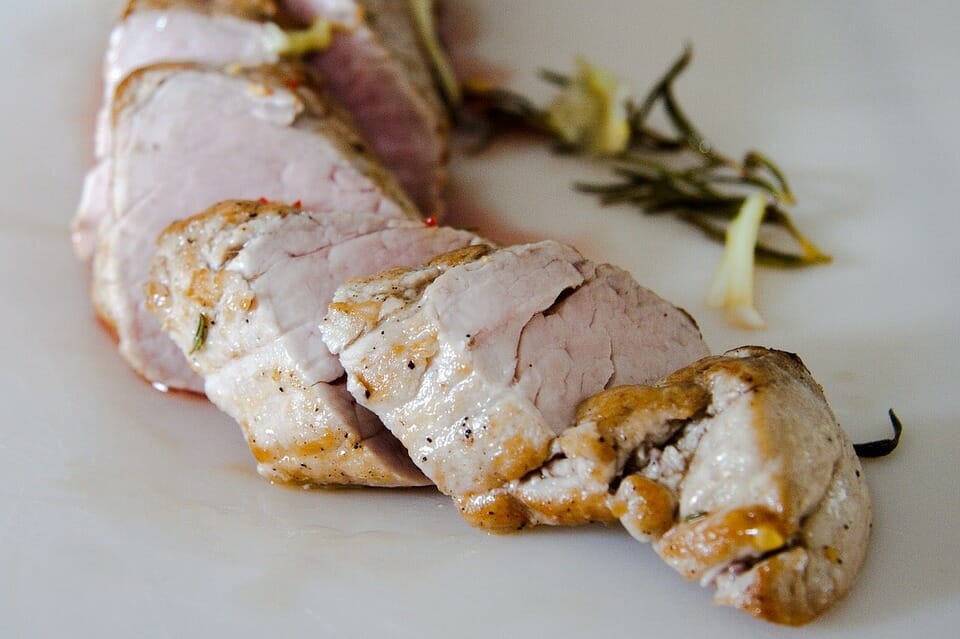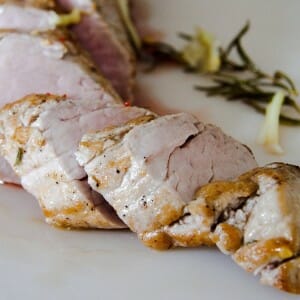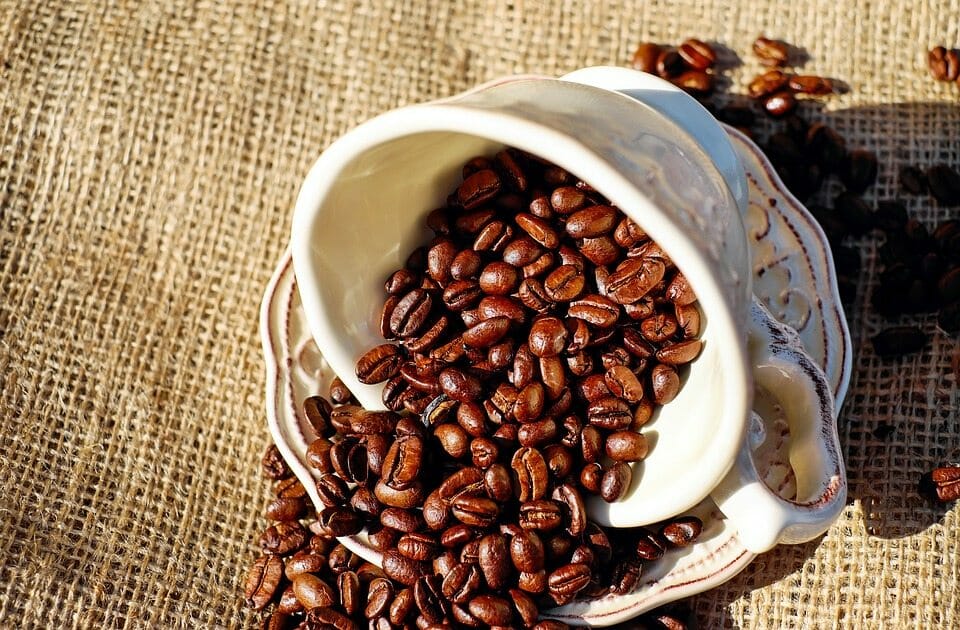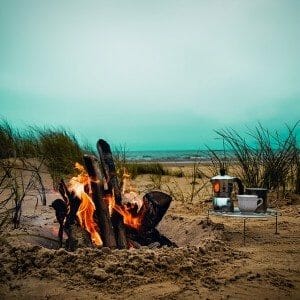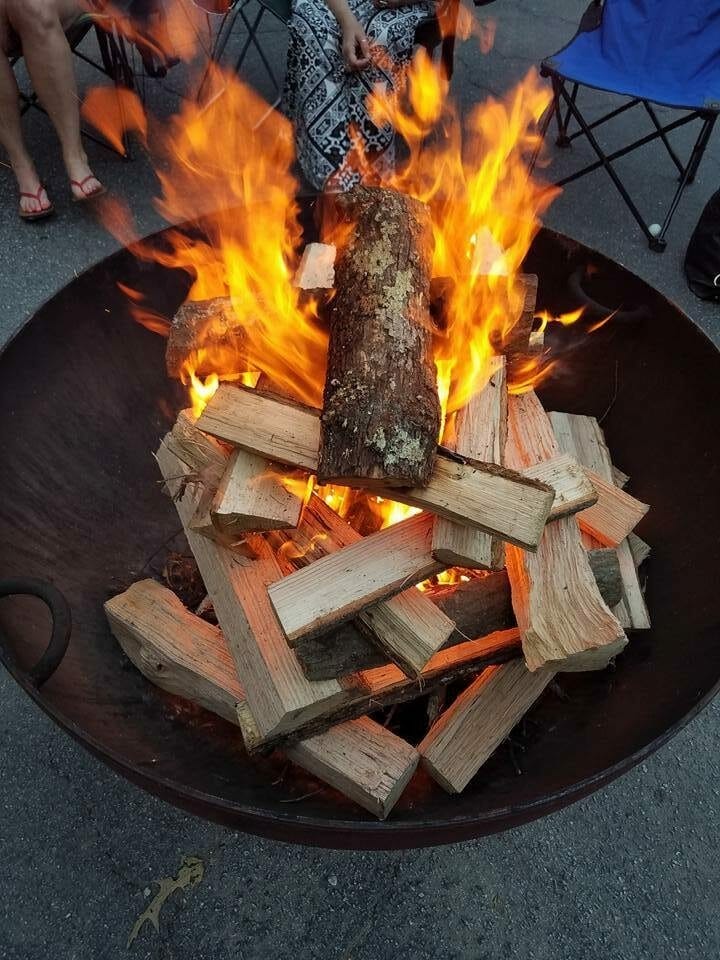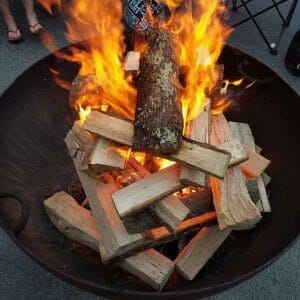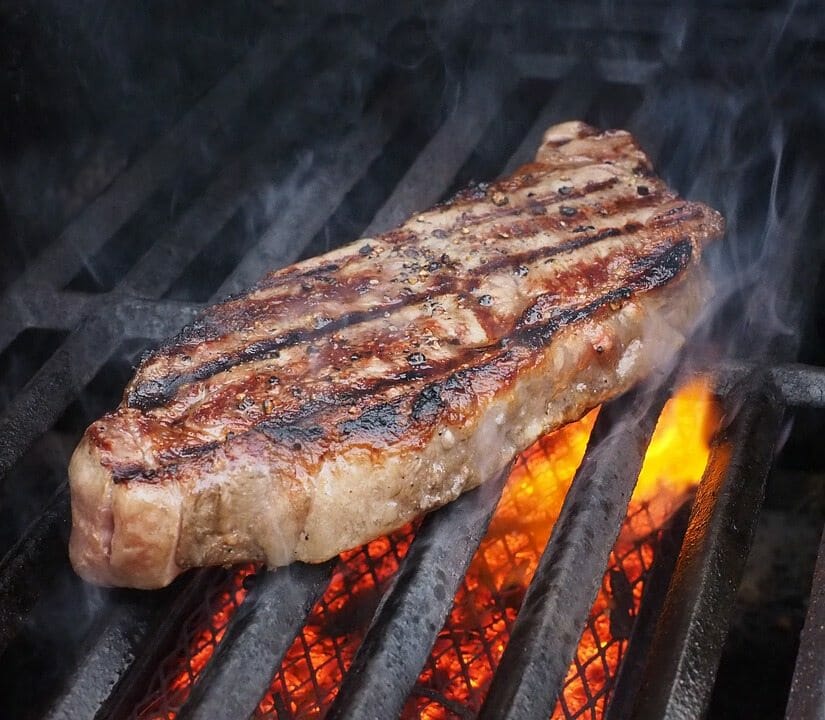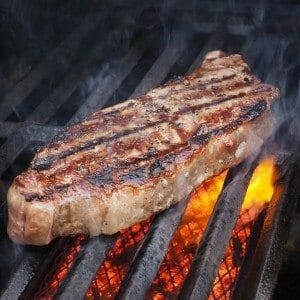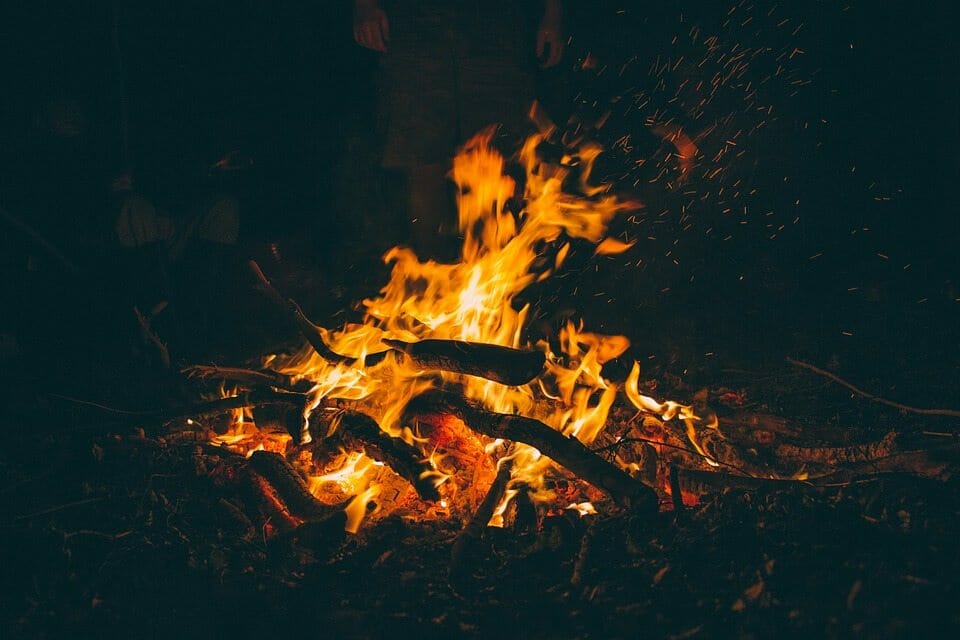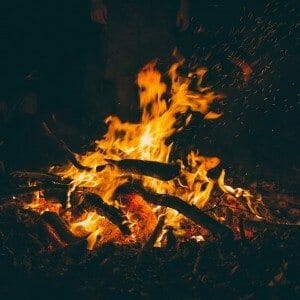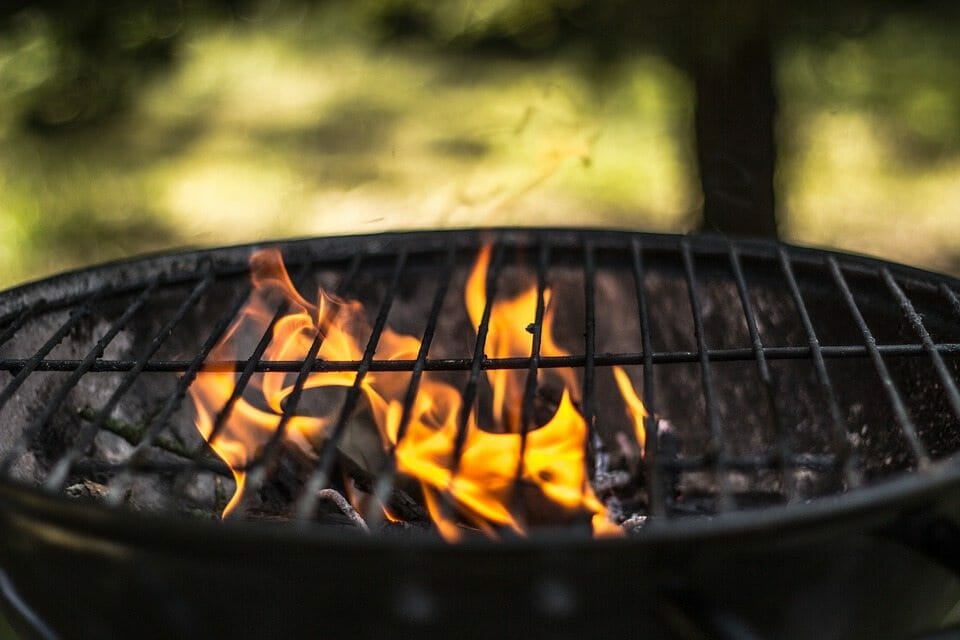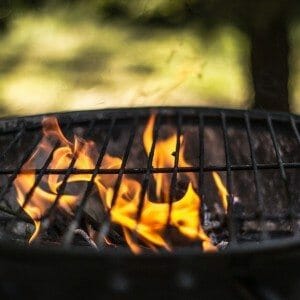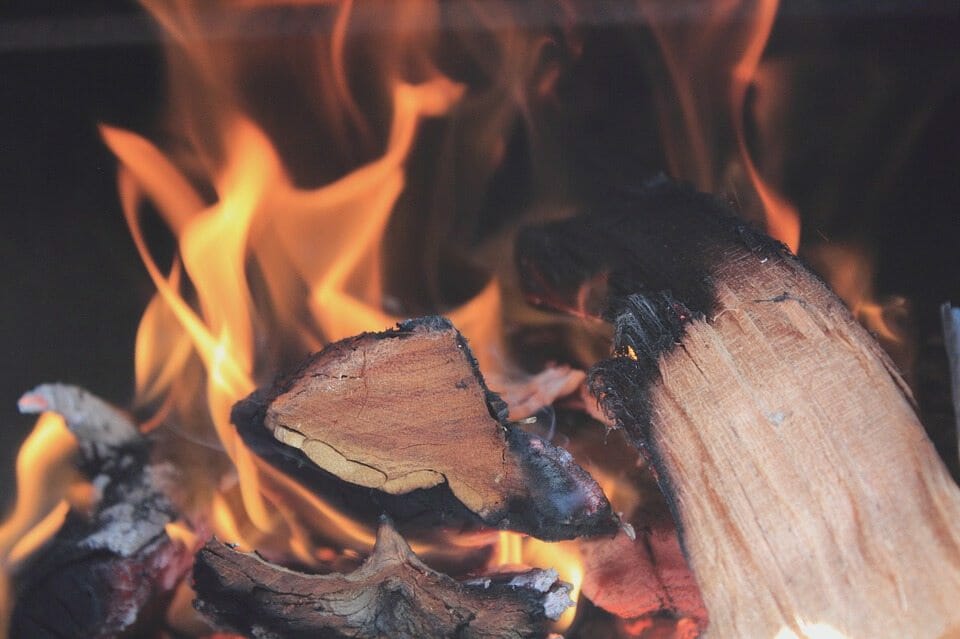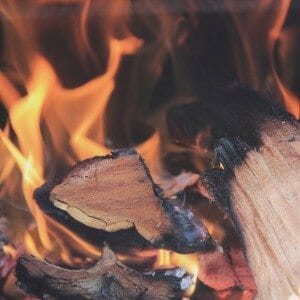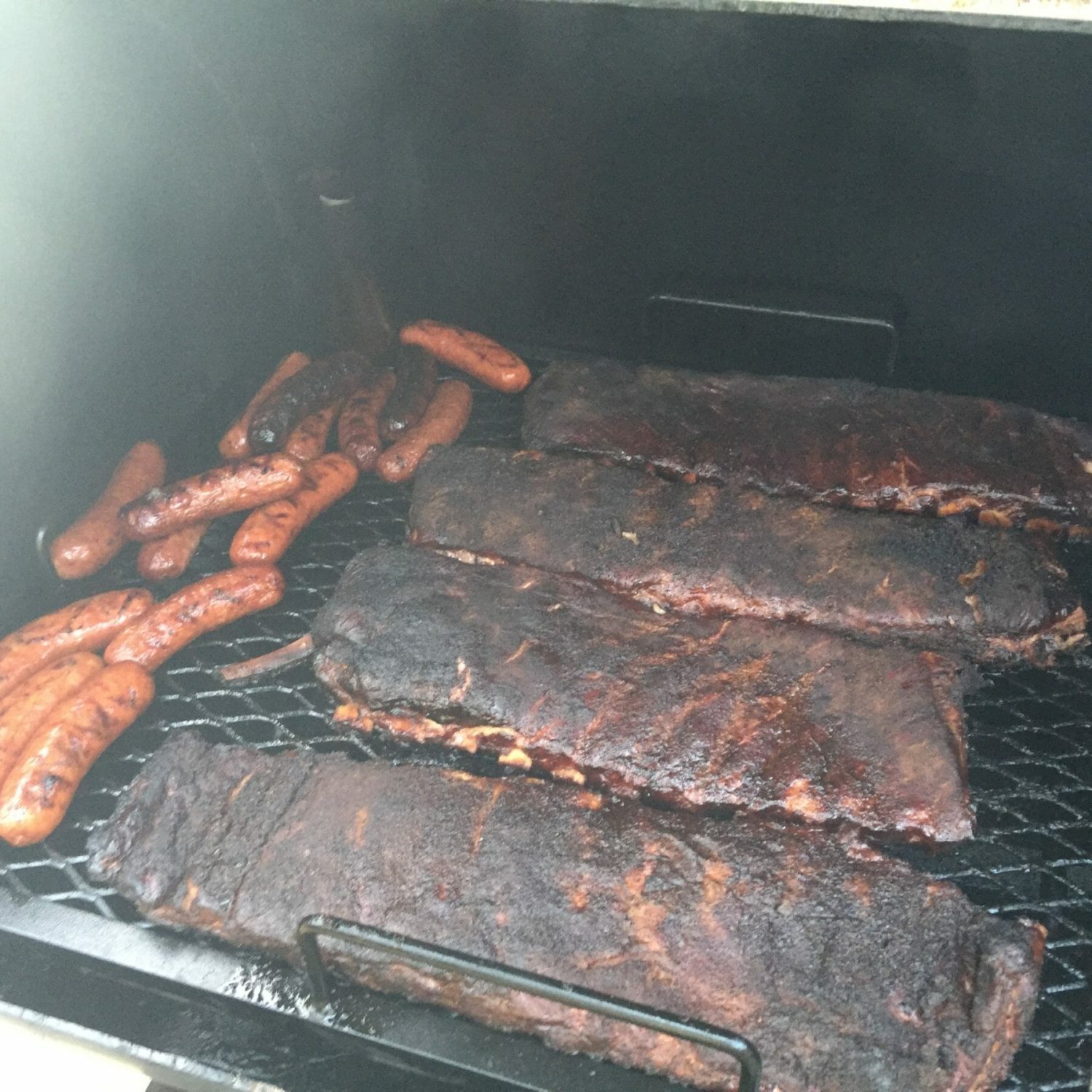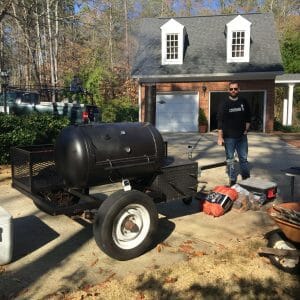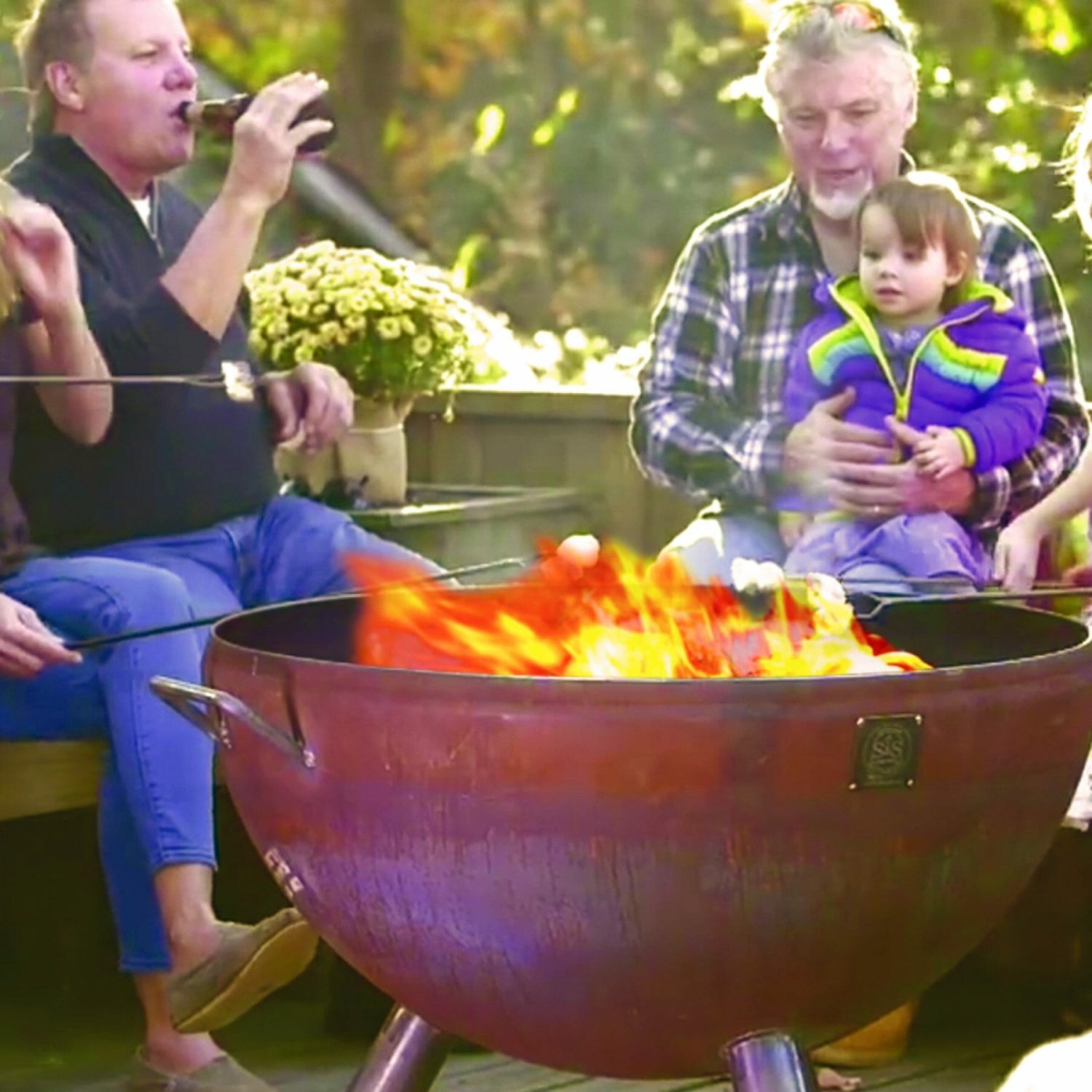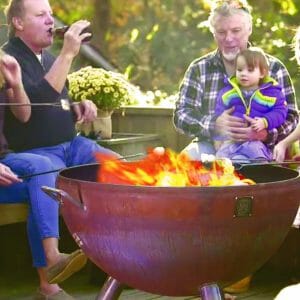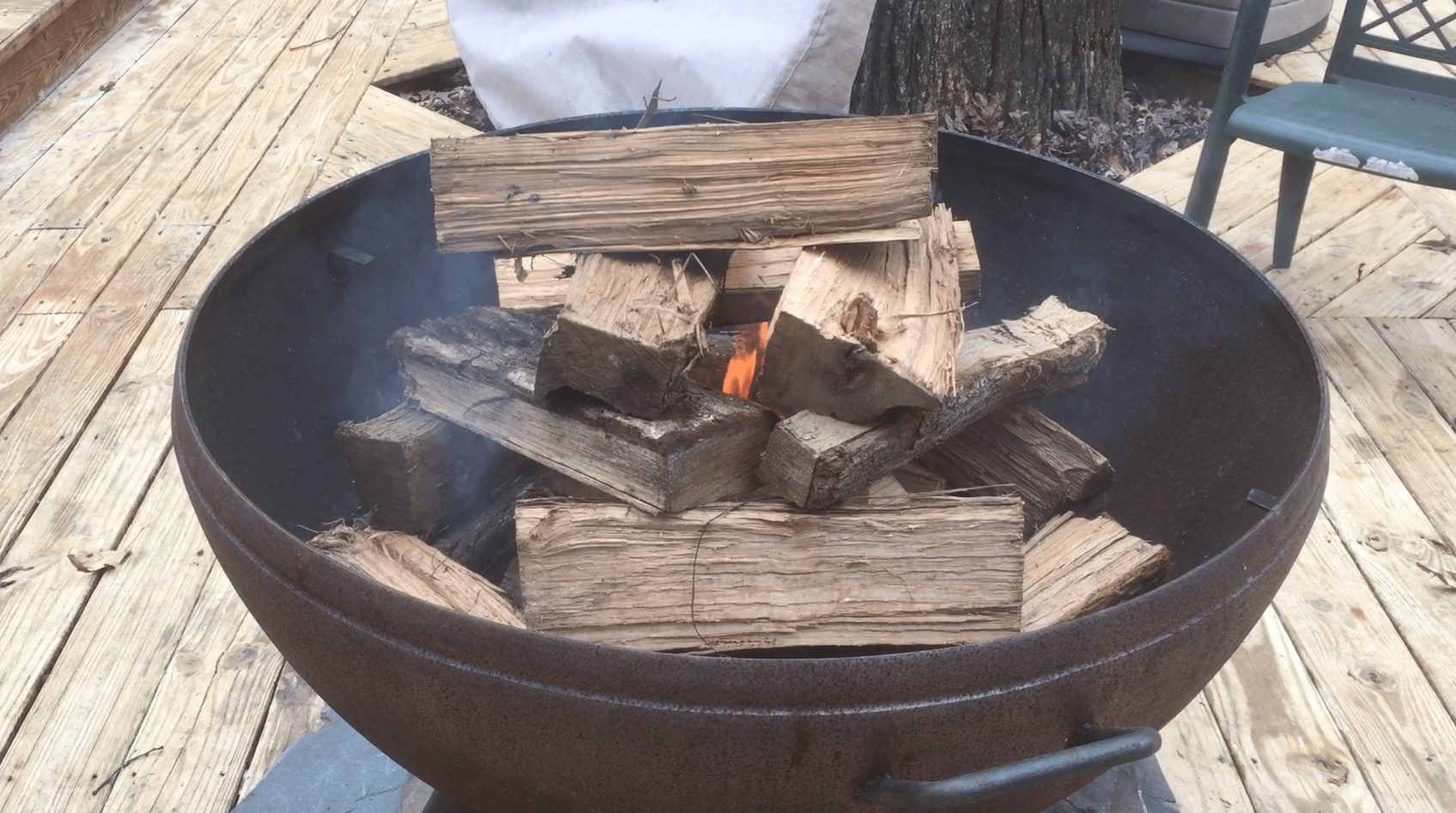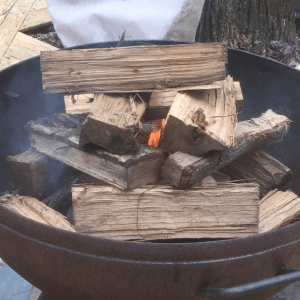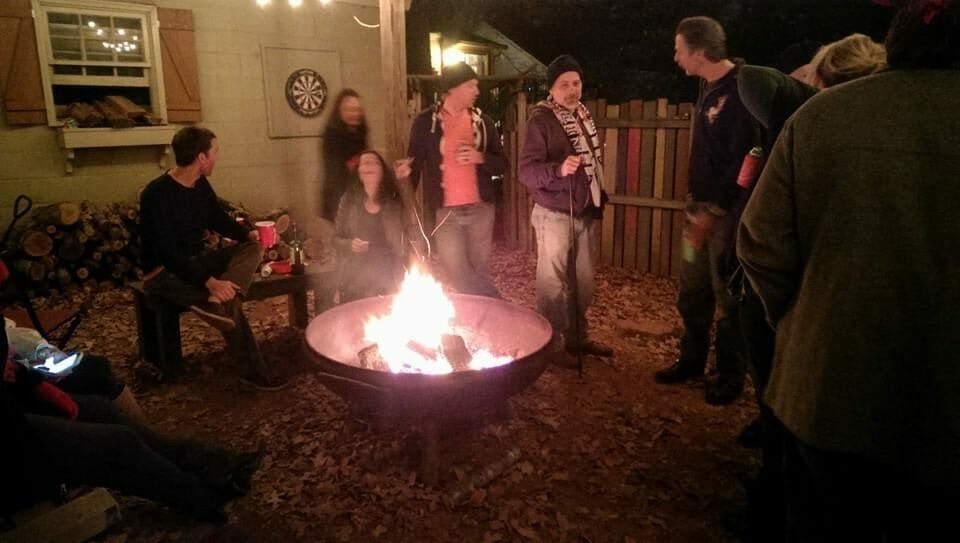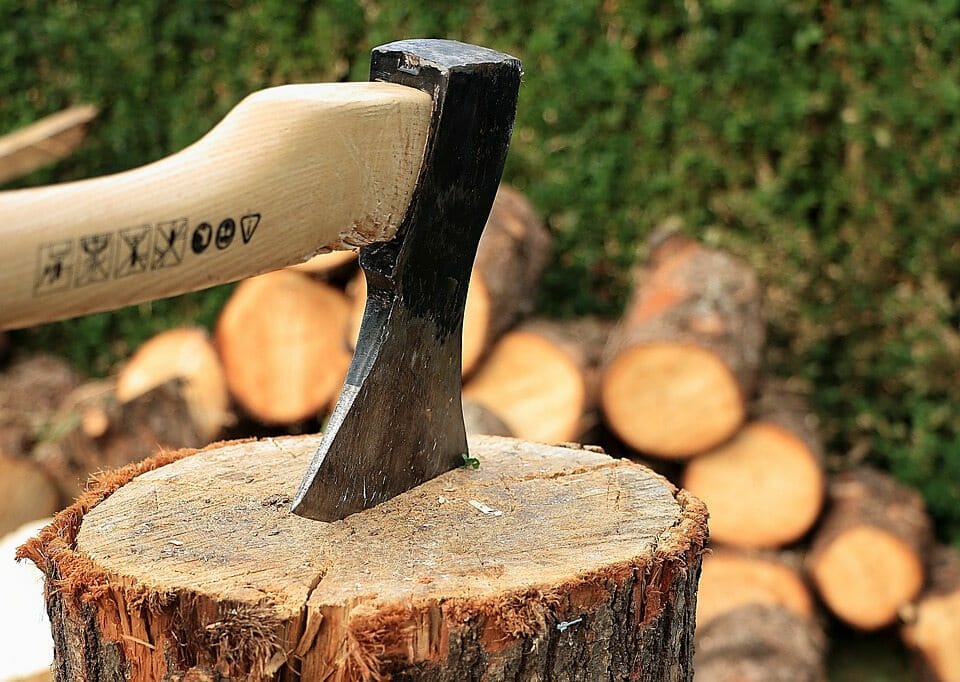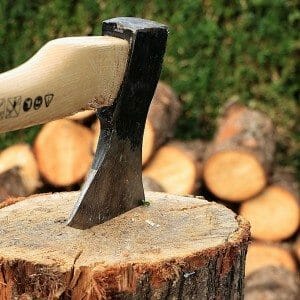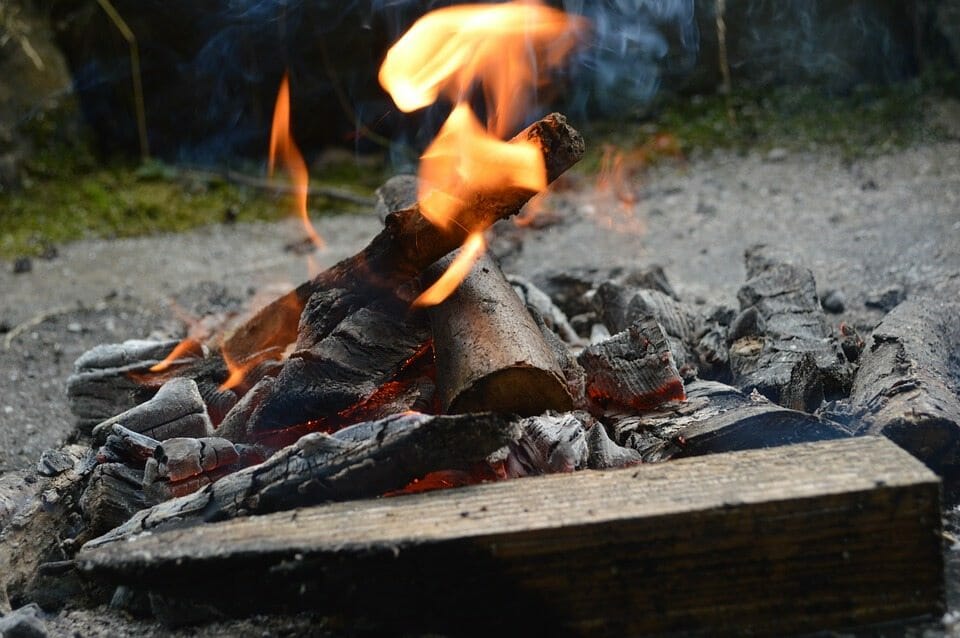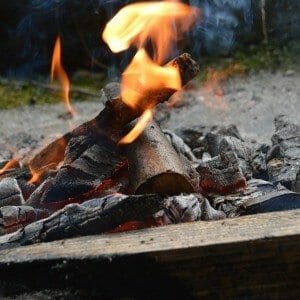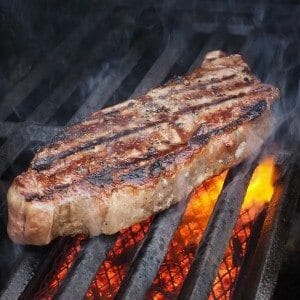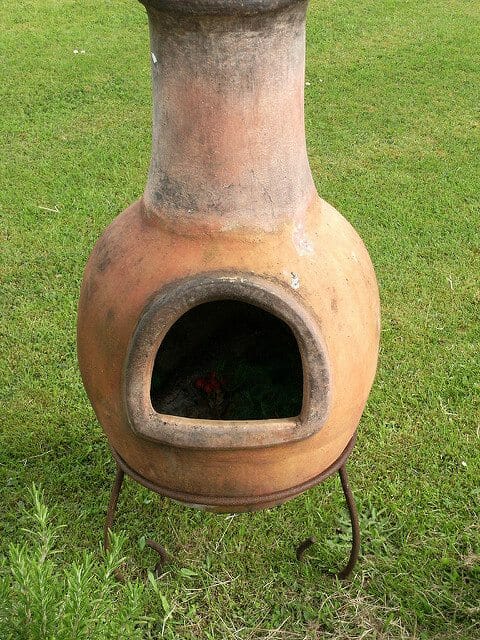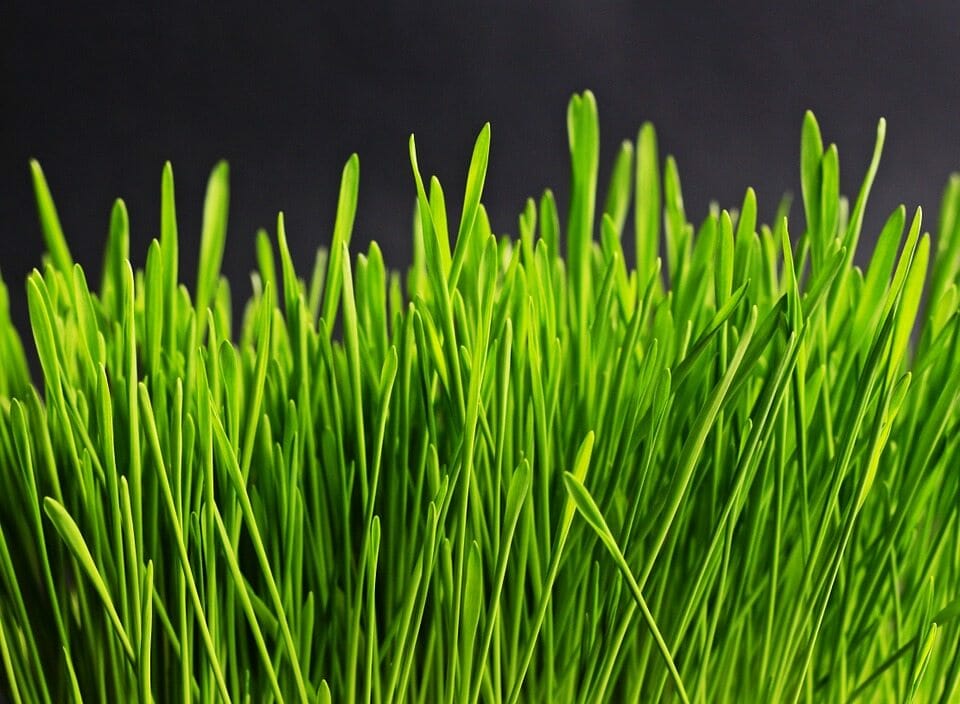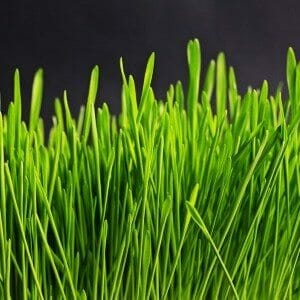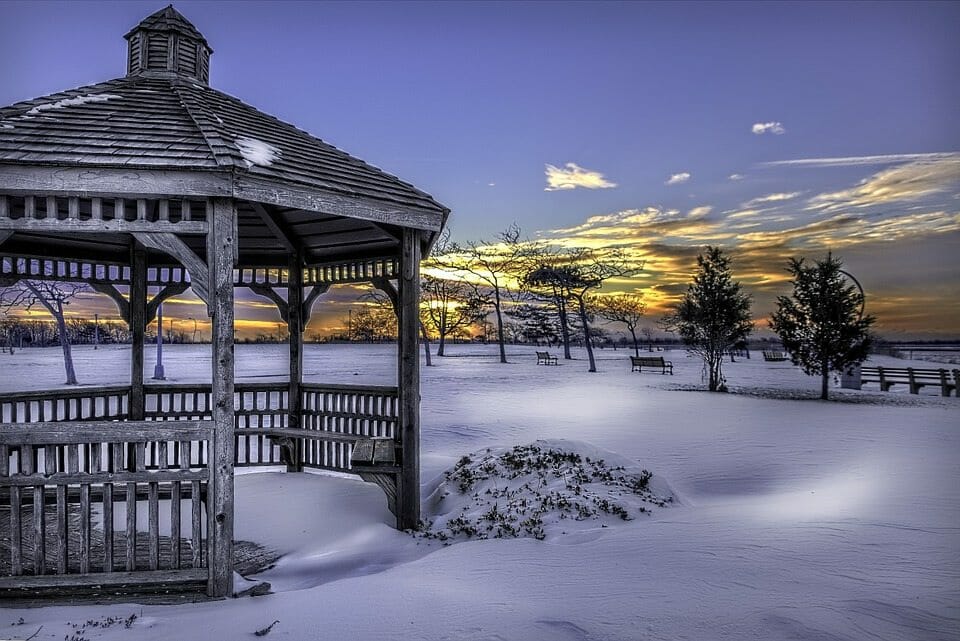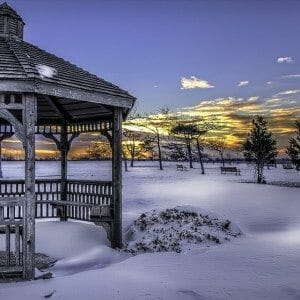
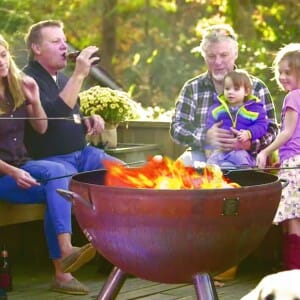 A fire pit is a must-have accessory for any patio or outdoor living space. If you’re still on the fence, here are 6 reasons why you need one.
A fire pit is a must-have accessory for any patio or outdoor living space. If you’re still on the fence, here are 6 reasons why you need one.
#1) Aesthetics
This alone should be reason enough to decorate your patio with a fire pit. Some people assume that fire pits are strictly functional, but in reality they offer aesthetic benefits as well. They fill your patio with a new visual element while helping to balance the color and design.
#2) It’s Relaxing
Decorating your patio with a fire pit will improve its aesthetics, setting the mood for a more relaxing, stress-free environment. Humans have been gathering around campfires since the dawn of mankind. Studies have shown that fires — whether a campfire or fire pit — have a naturally relaxing effect
#3) Easy to Move
Assuming you buy a portable fire pit, such as those offered here at S&S Fire Pit, you can easily move your fire pit. If you’re planning a vacation to a nearby park or the beach, for instance, you can pack up and bring your fire pit. And when you return, you can place it back on your patio.
Of course, not all fire pits are portable. Some fire pits are designed to be stationary, which ultimately restricts their utility.
#4) Provides Warmth Later in the Year
As summer comes to a close, many homeowners stop using their patio, preferring the warmth of their home instead. With a fire pit, however, you can keep your outdoor parties going later in the year. A well-made fire pit will provide a source of warmth for you, your family and friends. Whether it’s spring, summer fall or winter, you can enjoy your patio thanks to the fire pit.
#5) Keeps the Bugs Away
Mosquitoes can turn an otherwise pleasant evening into a nightmare. The good news is that a fire pit can keep these and other pests at bay. Smoke produced by a fire pit acts as a natural insect repellent, discouraging mosquitoes and other pests.
#6) It Doubles as a Grill
A fire pit even doubles as a grill, allowing homeowners to cook delicious food. Whether it’s burgers, steaks, chicken, pork chops, hot dogs, veggie kebabs, etc., you can cook just about anything on a fire pit.
If you have any questions regarding how an S&S Fire Pit can enhance your outdoor living space; We can help. https://ssfirepits.com/contact/
